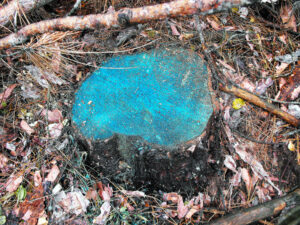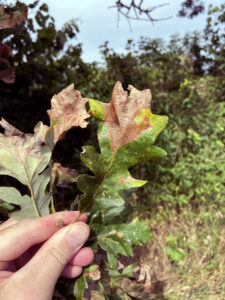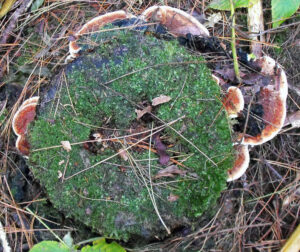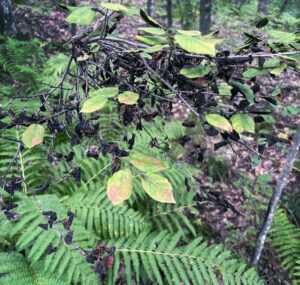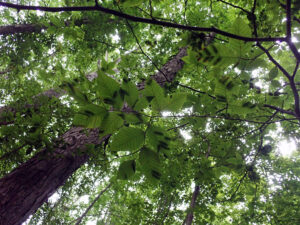By Tim Shively, DNR Forest Health Specialist
Timothy.Shively@wisconsin.gov or 608-772-6974

A white pine blister rust canker as seen on a young white pine tree. / Photo Credit: Wisconsin DNR
Eastern white pine (Pinus strobus) has historically held great ecological, cultural and economic value throughout Wisconsin, a tradition which continues today. For more than 100 years, however, it has been threatened by a non-native, invasive fungal pathogen called Cronartium ribicola, or white pine blister rust (WPBR).
Continue reading “White Pine Blister Rust Can Devastate Young Stands”

